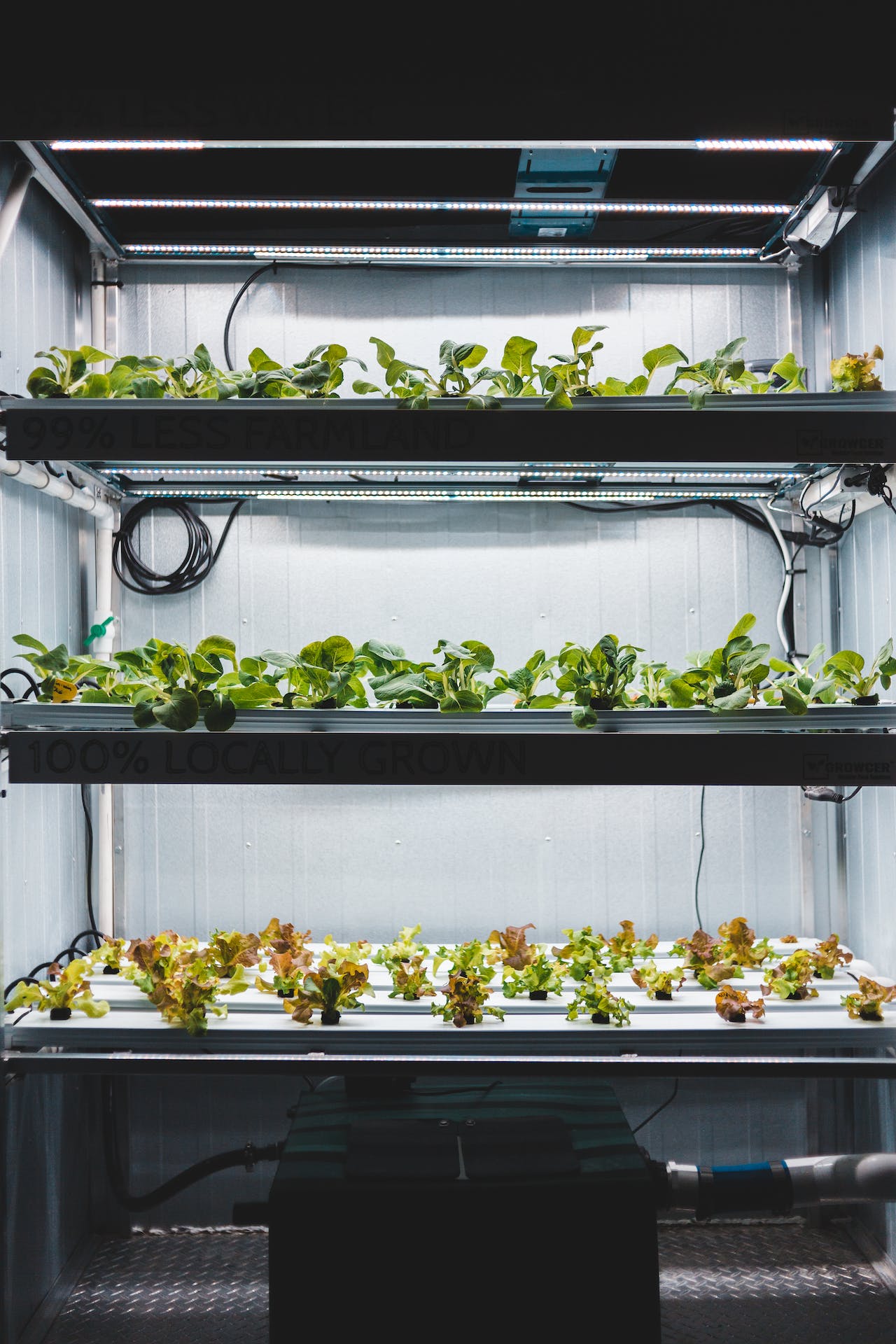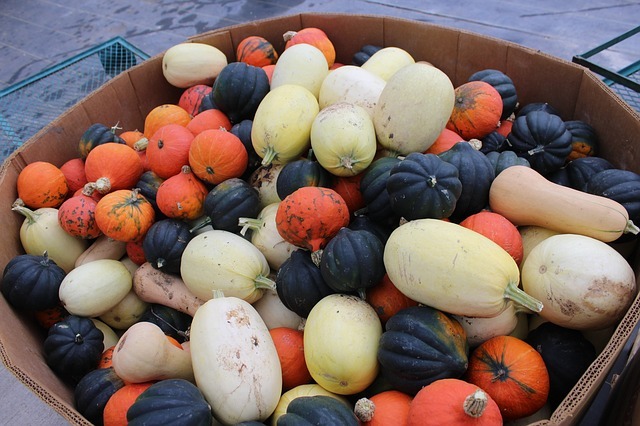How Much Land Do You Need to Grow Enough Food for a Year on Your Homestead?
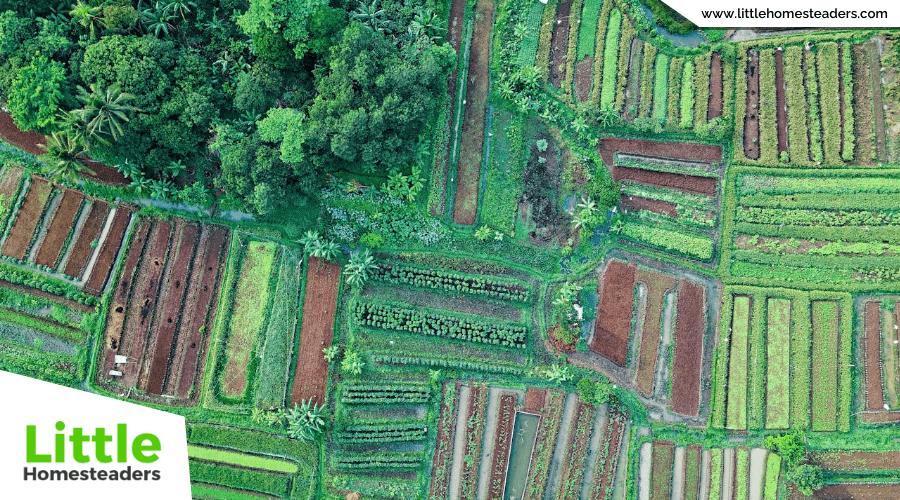
The dream of growing all your food on your own land is both exciting and rewarding. Homesteading allows you to reduce your reliance on store-bought food, gain control over what your family eats, and live a more sustainable lifestyle. But how much land do you actually need to feed your family for an entire year? The answer depends on a variety of factors, including your family size, dietary preferences, climate, and farming methods.
In this article, we'll break down the factors that influence land requirements and provide practical strategies for maximizing your homestead's productivity. Whether you're working with one acre or several, you'll discover that achieving significant food self-sufficiency is possible with thoughtful planning and efficient land use.
Understanding Land Requirements
How much land does it take to sustain your family? The answer isn't one-size-fits-all, but most families can achieve substantial food self-sufficiency on 2–3 acres of well-managed land. For smaller families or those with intensive gardening techniques, even 1–2 acres can supply up to 75% of their food needs.
Factors to consider:
- Family size and diet: The more people you need to feed, the more land you'll require. Dietary preferences also play a role—vegetarians typically need less land than meat-eaters due to the higher resource demands of raising livestock.
- Climate and growing season: A long growing season in a warm climate can reduce the land needed, while colder climates may require more acreage to compensate for shorter growing periods.
- Soil quality and fertility: Healthy, nutrient-rich soil produces higher yields. Poor soil conditions may require amendments or additional land to achieve the same output.
Many homesteaders aim for partial self-sufficiency rather than complete independence. Producing 50–75% of your family's food needs is a realistic and worthwhile goal that balances ambition with practicality. Full self-sufficiency is challenging, especially when considering non-local staples like coffee, sugar, and spices.
Food Production Breakdown
Each food group—vegetables, grains, livestock, and fruits—requires its own space. Breaking it down helps you plan effectively and allocate your land for maximum efficiency.
1. Vegetable Production
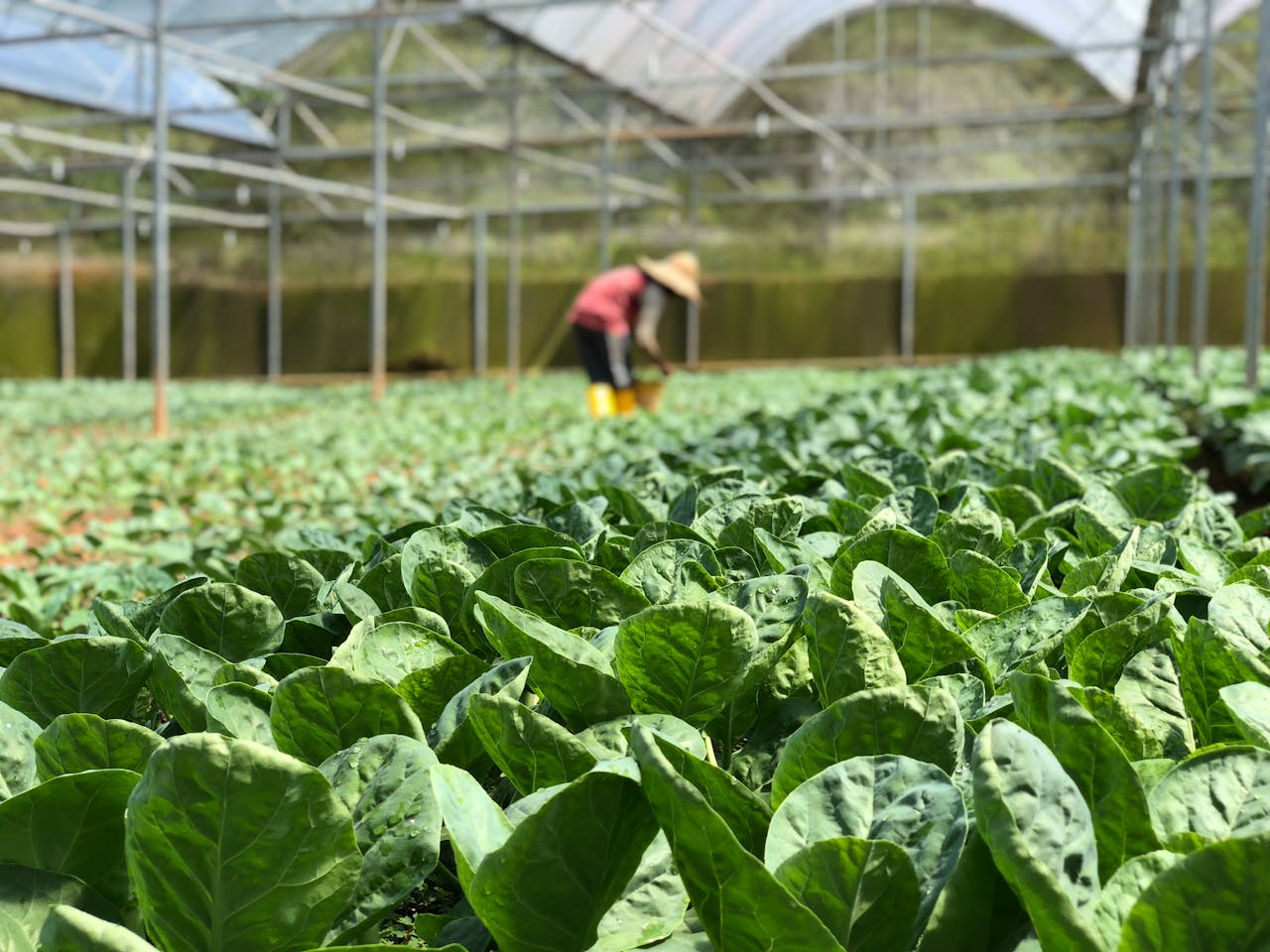
Vegetables form the foundation of most self-sufficient homesteads. They're versatile, nutrient-dense, and relatively quick to grow. A family of four typically requires 0.33–0.5 acres to grow enough fresh vegetables for a year, producing around 4,000 lbs of food.
Maximizing vegetable yields:
- Intercropping: Planting fast-growing crops like radishes alongside slower-growing ones like carrots allows you to harvest two crops from the same space.
- Vertical gardening: Growing climbing plants like beans, peas, and cucumbers on trellises or fences free up ground space for other crops.
- Succession planting: Replanting quick-growing crops like lettuce and spinach multiple times a season increases overall yields.
Focus on high-yield, storage-friendly crops such as potatoes, sweet potatoes, and winter squash. These crops are calorie-dense and can be stored for months, providing essential nutrition during the off-season. Additionally, consider growing herbs and leafy greens, which take up minimal space and add flavor and nutrition to your meals.
Expanding your vegetable garden gradually each year is also a smart approach. Start with easy-to-grow crops that fit your family’s diet, and as you gain experience, diversify your plantings to include more varieties and perennials.
2. Grain Cultivation
Grains provide essential carbohydrates and calories, making them a critical part of a balanced diet. Growing grains on a homestead is more space-intensive, but it's still feasible on 0.33–0.5 acres.
Common grains for homesteads:
- Wheat: A single acre of wheat can produce 2,500–3,000 lbs of grain, enough to bake hundreds of loaves of bread.
- Corn: Versatile and productive, corn is suitable for both human consumption and animal feed.
- Oats and buckwheat: These grains are nutrient-rich and thrive in various climates.
Growing grains involves unique challenges, such as managing pests, harvesting efficiently, and storing your crop. Consider investing in small-scale tools to simplify tasks like threshing and milling. Additionally, crop rotation is essential for maintaining soil fertility and reducing pest issues. For example, you can alternate grain crops with legumes like peas or beans to replenish nitrogen in the soil.
If your land is limited, focus on growing small amounts of grains and supplementing the rest with purchases from local farmers or co-ops. This approach allows you to prioritize land for high-yield vegetables and fruits while still incorporating homegrown grains into your diet.
3. Livestock Grazing
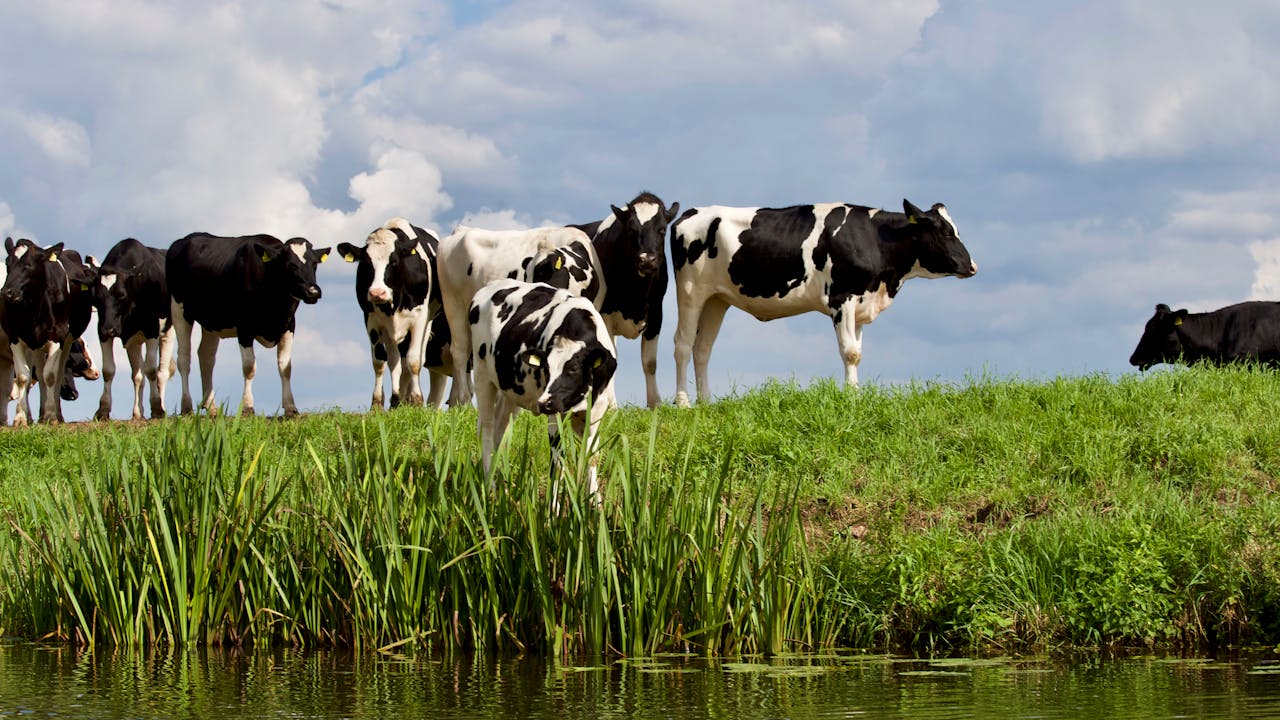
Livestock plays a vital role in a self-sufficient homestead, providing meat, eggs, milk, and even natural fertilizer. The acreage needed for livestock depends on the type and number of animals, as well as your grazing system.
Space requirements for common livestock:
- Dairy cows: Each cow typically requires 2–3 acres for grazing, depending on pasture quality and forage availability.
- Chickens: A small flock of 10–15 egg-laying hens needs about 600–900 square feet. Meat chickens require more space—around 6,300 square feet (1/8 acre) for 75 birds.
- Pigs: Each pig needs at least 250 square feet, though they can often share space with other animals in a rotational grazing system.
- Goats and sheep: These animals are excellent for smaller homesteads, requiring just 1/2 acre for a pair. They can also graze alongside each other without conflict.
Efficiency tips for livestock management:
- Rotational grazing: Move animals between pastures to prevent overgrazing and allow forage to recover. This method improves land productivity and soil health.
- Multi-purpose animals: Consider dual-purpose breeds, such as chickens that provide both eggs and meat or goats that produce milk and can be used for meat if necessary.
- Small livestock: Rabbits and quail are excellent options for those with limited space, requiring only a small enclosure while producing high-quality meat.
Livestock integrates seamlessly into a sustainable homestead by cycling nutrients and providing diverse food sources. For example, manure from chickens and cows can be composted to enrich garden soil, boosting vegetable yields.
4. Fruit and Nut Orchards
No homestead is complete without fruit and nut trees. These long-term investments provide essential vitamins, minerals, and healthy fats while adding beauty and shade to your property. A well-planned orchard can yield 5,000–10,000 lbs of produce annually on just one acre.
Planning your orchard:
- Tree selection: Choose fruit and nut trees suited to your climate, such as apples, peaches, plums, walnuts, or almonds.
- Space efficiency: Semi-dwarf or dwarf varieties require less room than full-sized trees, making them ideal for small homesteads. Each tree typically needs around 100 square feet of space.
- Companion planting: Incorporate berry bushes, herbs, or nitrogen-fixing plants like clover beneath the trees to create a layered ecosystem.
Fruits can be preserved as jams, jellies, dried snacks, or frozen for year-round use. Nuts, on the other hand, are calorie-dense and store well for extended periods, making them an excellent staple for a self-sufficient diet.
Efficient Land Use Strategies
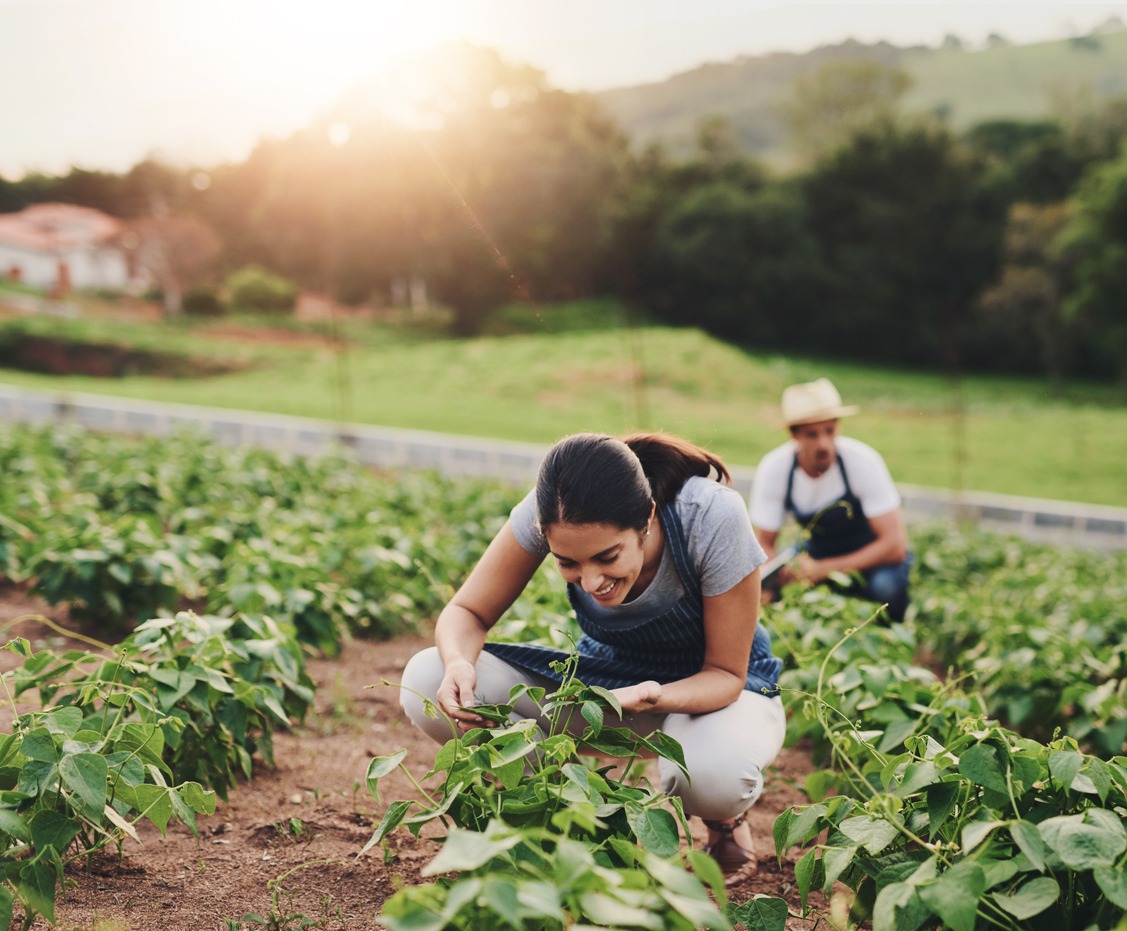
Even with limited acreage, you can achieve remarkable productivity by employing smart land management techniques. These strategies allow you to maximize yields while minimizing wasted space:
- Vertical Growing: Use trellises, fences, and supports to grow vining crops like cucumbers, peas, and tomatoes. Vertical gardening increases planting density and improves airflow, reducing disease risks.
- Intercropping: Combine compatible crops in the same space, such as planting carrots with onions or growing lettuce between rows of corn. This approach improves pest control, maximizes soil nutrients, and boosts overall yield.
- Polycultures: Mimic natural ecosystems by growing a mix of plants that support each other, such as the “Three Sisters” combination of corn, beans, and squash.
- Stacking Functions: Use one area for multiple purposes, such as planting fruit trees with grazing animals beneath them. This integration optimizes space and reduces the need for separate enclosures.
By using these techniques, you can grow significantly more food per acre and create a thriving, balanced homestead.
Climate and Soil Considerations
The productivity of your land depends heavily on your local climate and soil quality. Understanding these factors is key to determining how much acreage you’ll need and what types of crops will thrive.
Adapting to your climate:
- Growing season: Areas with long growing seasons allow for multiple harvests, reducing the need for more land. Conversely, shorter seasons may require season-extending techniques such as greenhouses or row covers.
- Water availability: In dry climates, focus on drought-resistant crops like sorghum, millet, or amaranth. Efficient irrigation systems like drip irrigation can also help conserve water.
- Temperature extremes: If you live in an area with extreme heat or cold, choose hardy crops and livestock breeds suited to your conditions.
Improving soil quality:
- Soil testing: Conduct a soil test to measure nutrient levels, pH, and drainage. This information helps you select crops that will thrive and determine which amendments to add.
- Organic matter: Incorporate compost, aged manure, and cover crops like clover or rye to enrich your soil over time.
- Erosion control: Use mulching, terracing, or no-till methods to prevent soil erosion and maintain fertility.
Healthy soil is the foundation of a productive homestead. By investing in soil improvement techniques, you can significantly increase yields, making the most of your available land.
Self-Sufficiency Timeline
Achieving self-sufficiency on a homestead is a gradual process that requires patience, learning, and long-term planning. It’s essential to set realistic goals and celebrate incremental progress.
A sample timeline:
- Year 1: Focus on learning and building infrastructure. Set up garden beds, water systems, and fencing. Start small with easy-to-grow vegetables like lettuce, beans, and potatoes. Introduce a small flock of chickens or rabbits. Aim for 10–20% of your food needs.
- Years 2–3: Expand your vegetable garden, introduce a second crop rotation, and add fruit trees or bushes. Begin experimenting with composting and soil improvement techniques. You may also add larger livestock like goats or pigs. By this stage, you could meet 25–40% of your food needs.
- Years 4–6: Refine your systems. Add grain cultivation or more extensive livestock operations if space allows. Your fruit and nut trees should begin producing, contributing significantly to your family’s diet. Aim for 50–75% self-sufficiency.
- Years 7–10 and beyond: Mature orchards, well-established gardens, and improved soil health should enable you to produce 75% or more of your food needs. Focus on maintaining what you’ve built and adapting to challenges like pests, weather, or evolving dietary preferences.
It’s important to remember that even experienced homesteaders rarely achieve 100% food self-sufficiency. Certain items like coffee, spices, or cooking oils may be impractical to produce, and that’s okay. Focus on what’s feasible and sustainable for your family and land.
Homestead Layout Planning
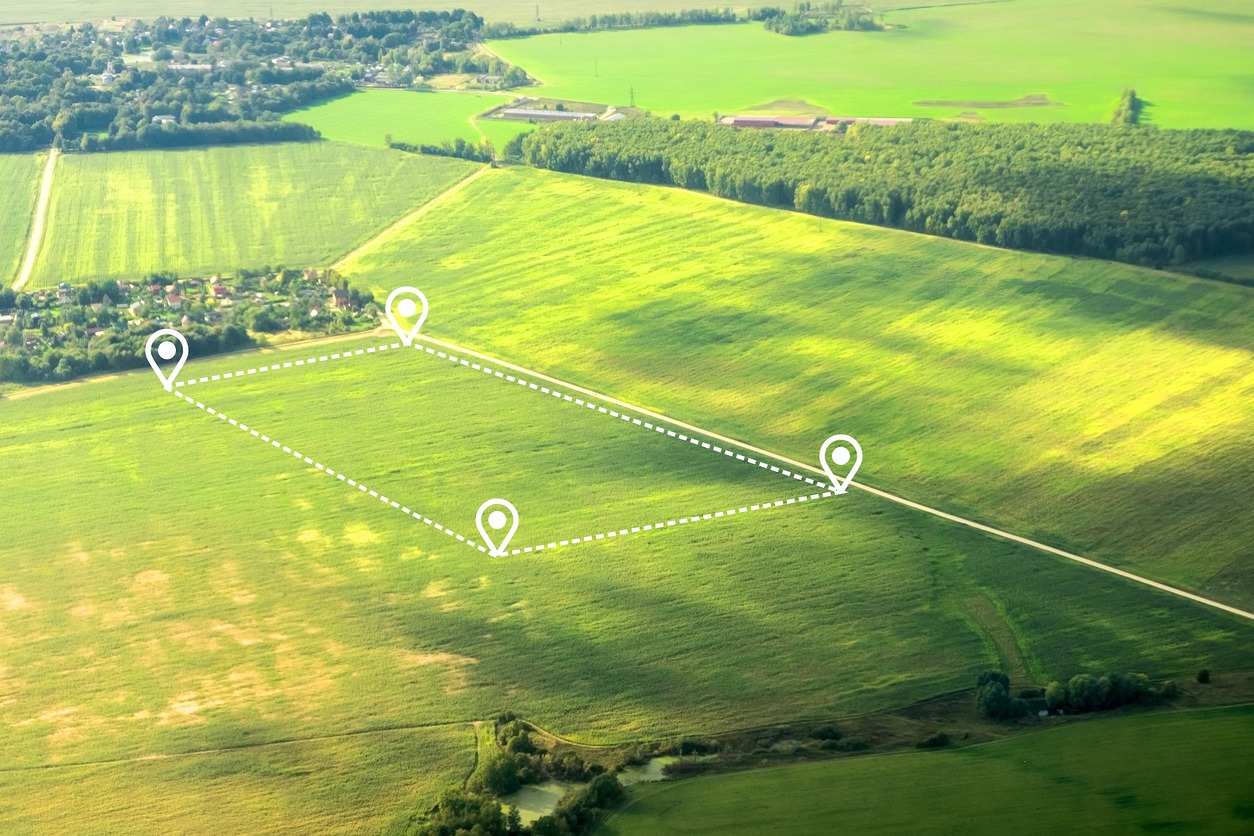
A well-designed homestead layout maximizes productivity by ensuring that each area serves its purpose efficiently. Proper planning helps you make the most of your land while minimizing wasted space.
Steps to plan your layout:
- Map your property: Sketch your land and identify existing features like trees, slopes, or water sources. This map will help you decide where to place gardens, orchards, and livestock.
- Zoning: Divide your land into zones based on usage:
- Zone 1: High-traffic areas near your home, such as vegetable gardens and chicken coops.
- Zone 2: Perennial crops like fruit trees and berry bushes, which require less frequent maintenance.
- Zone 3: Pastures or larger animal enclosures further from your house.
- Incorporate efficiency: Place water sources like rain barrels or ponds near gardens and livestock. Use pathways and fences to streamline movement between zones.
- Leave room for growth: As your homestead evolves, you’ll likely want to add new features like greenhouses, beehives, or additional crops. Plan your layout with flexibility in mind.
Sample layout for a 2-acre homestead:
- 1/2 acre: Intensive vegetable gardens, including space for succession planting and vertical gardening.
- 1/4 acre: Fruit and nut orchard with companion plants.
- 1/4 acre: Grain crops, such as wheat or corn.
- 3/4 acre: Rotational grazing for small livestock like goats, chickens, and rabbits.
- Remaining space: Paths, storage areas, and wild zones for biodiversity and pollinator habitats.
A thoughtful layout not only maximizes your land’s productivity but also makes daily tasks more manageable, saving you time and effort.
Conclusion
Growing enough food to feed your family for a year is a challenging but deeply rewarding goal. With careful planning, efficient land use, and sustainable practices, even a small homestead can produce a significant portion of your family’s food needs. Start small, learn from experience, and adapt your approach as your skills and resources grow.
Remember, homesteading isn’t just about achieving self-sufficiency—it’s about building a closer connection to the land, your food, and your family. Every seed planted, crop harvested, and meal enjoyed is a step toward a healthier, more intentional way of life. Whether you have one acre or ten, your journey to self-sufficiency begins with the choices you make today.

